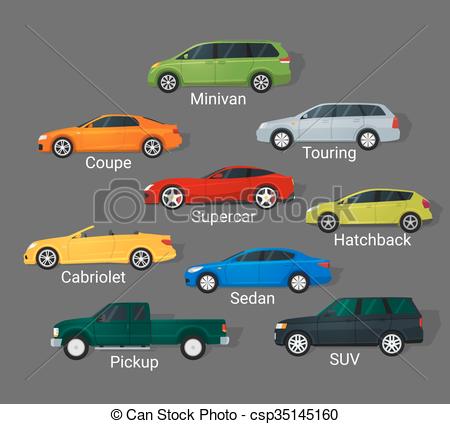pitabread
Well-Known Member
- Jan 29, 2017
- 12,920
- 13,372
- Country
- Canada
- Faith
- Agnostic
- Marital Status
- Private
you used something like 10-15 traits. i showed that even by using more than 20 traits (genes) in living things we can get different result. thus using just few traits should be problematic.
Then demonstrate it.
how do you get to that conclusion? does your car has a truck engine? doest your car has a truck wheels? doest your car has a truck size?
Simple, I looked up the regulations on how vehicles are actually classified. You can find this information easily yourself if you wanted. For example here is the US Federal Highway Administration's classifications of vehicles: Office of Highway Policy Information - Policy | Federal Highway Administration
In this case classification is based on intended use and number of axles/wheels.
Engine type has nothing to do with it. Wheel type has nothing to do with it. Size has nothing to do with it.
We've been through all of this before. Do you not remember?
im almost sure that the answer is "no" since most cars dont have trucks traits.
But what is a "truck trait"? Have you ever actually looked into how vehicles are classified?
i do think that we can do that. lets start with simpler comparison- bicycle and a car. do you think that in general a regular bicycle is more similar to other bicycle than to a car?
This isn't a question you need to ask me. This is something you need to test yourself. I've told you how to do this:
1) Download some phylogenetics software (there's lots of free software available; I used Mesquite last time: Mesquite Project)
2) Chose a bunch of vehicles and create a character matrix for them.
3) Start creating some phylogenetic trees and see what results you get. Try it with cars and trucks and see how they sort themselves. See if you get different results than I got last time.
Last edited:
Upvote
0



